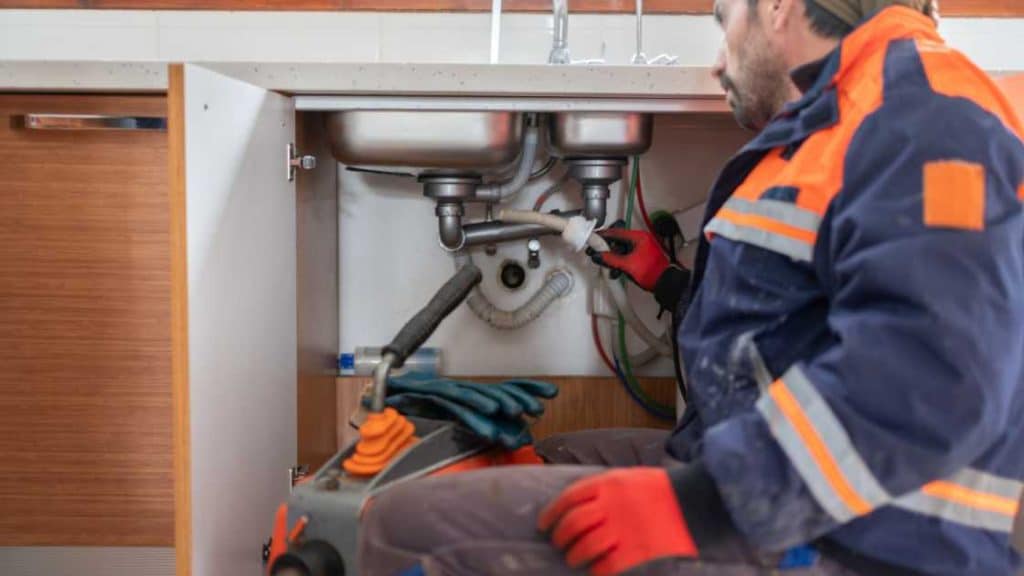To unclog a washer drain without a snake, first, try hot water and detergent. If this fails, use a wet/dry vacuum to suck out the clog.
Dealing with a clogged washer drain can be frustrating, especially if you don’t have the right tools at hand. Homeowners often rely on a plumber’s snake to tackle such problems, but not everyone has one in their toolbox.
Fortunately, there are alternative methods that can effectively clear obstructions from your washing machine’s drain.
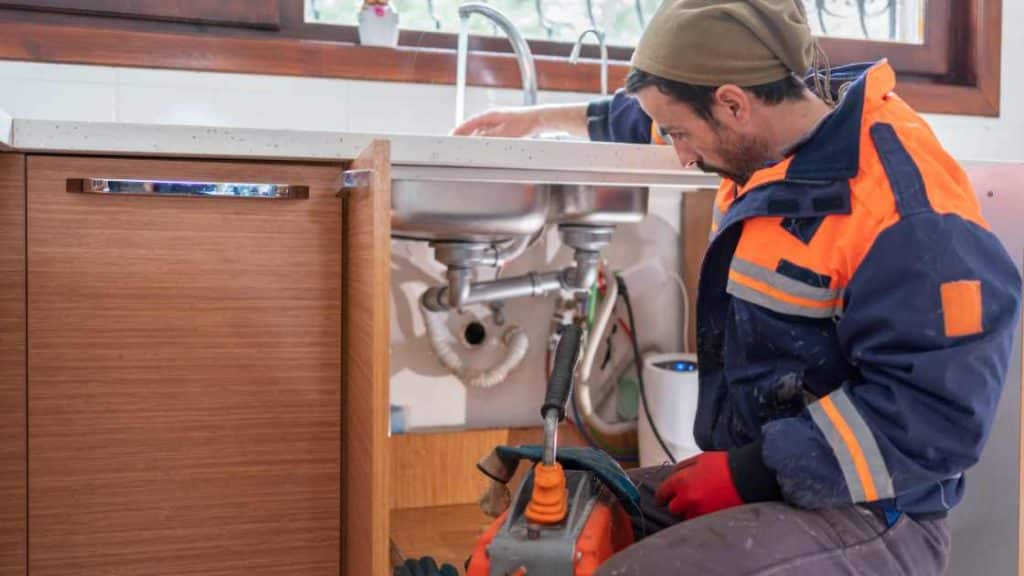
In addressing the concern of a clogged washer drain, it’s essential to know how to unclog it without resorting to a snake or professional help. This brief guide outlines practical steps you can take to resolve the issue, ensuring the water flows smoothly again. How to Unclog a Washer Drain Without a Snake?
These tips cater to DIY enthusiasts and anyone looking to maintain their washing machine without professional intervention. Let’s explore these simple yet effective techniques and get your laundry routine back on track.
Introduction To Washer Drain Clogs
Your washing machine is vital for keeping clothes clean and fresh. But what happens when water doesn’t drain properly? You may have a clogged washer drain.
These frustrating issues can cause water to back up and impede your washer’s performance. Before calling a plumber or running to the store for a drain snake, learn some simple techniques to unclog washer drains.
Common Causes Of Drain Clogs
- Excess laundry detergent: Too much can build up in drains.
- Fabric fibers and lint: These escape from clothes and block pipes.
- Small objects: Items like coins can get lodged in the drain.
The Importance Of Regular Maintenance To Prevent Drain Issues
Keeping your washer’s drain clear is essential for optimal performance. Routine upkeep helps identify potential clogs before they become major problems. Here are ways to maintain your washer drain:
- Use the appropriate amount of detergent.
- Clean the lint filter regularly.
- Run a hot water cycle monthly to clear out residue.
Safety First: Preparing To Unclog Your Drain
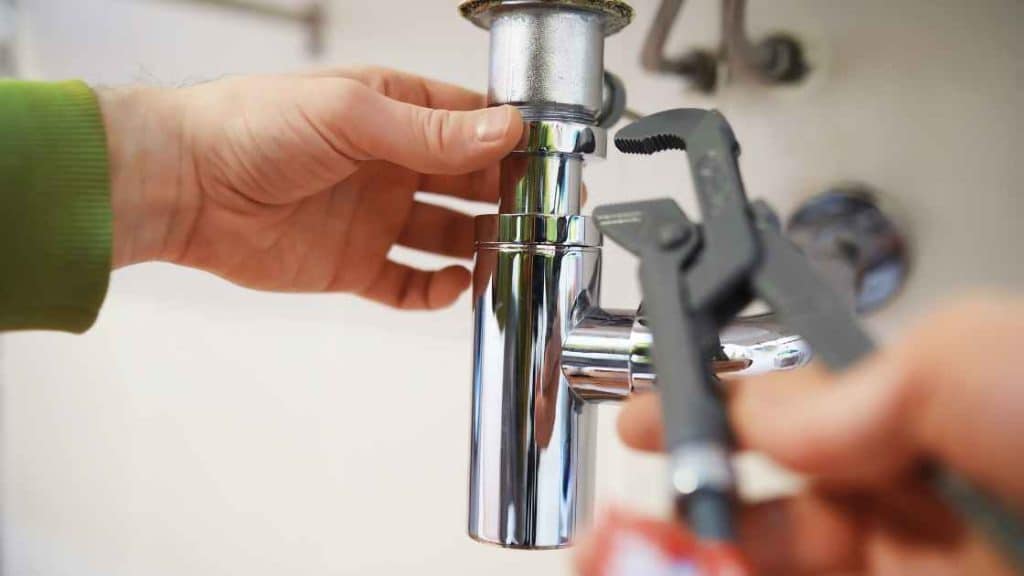
Dealing with a clogged washer drain can be frustrating. Yet, safety is vital before the unclogging begins.
Understanding the right preparation steps prevents accidents and protects your device. Follow these guidelines to safely prepare for unclogging your washer drain.
Disconnecting The Washer’s Power Supply
Always disconnect the power before attempting any repairs. This essential step prevents electric shock. Unplugging the washer or turning off the circuit breaker ensures a safe environment. Confirm the power is off with a voltage tester.
Gathering Necessary Tools And Materials
- Bucket or container: to catch water.
- Gloves: for hand protection.
- Towels: to manage spills.
- Plunger: manual unclogging tool.
- Baking soda and vinegar: natural unclogging agents.
- Flashlight: to illuminate dark spaces.
Collect these items prior to beginning the unclogging process. Having them on hand streamlines the procedure and minimizes downtime.
Methods To Unclog Without A Snake
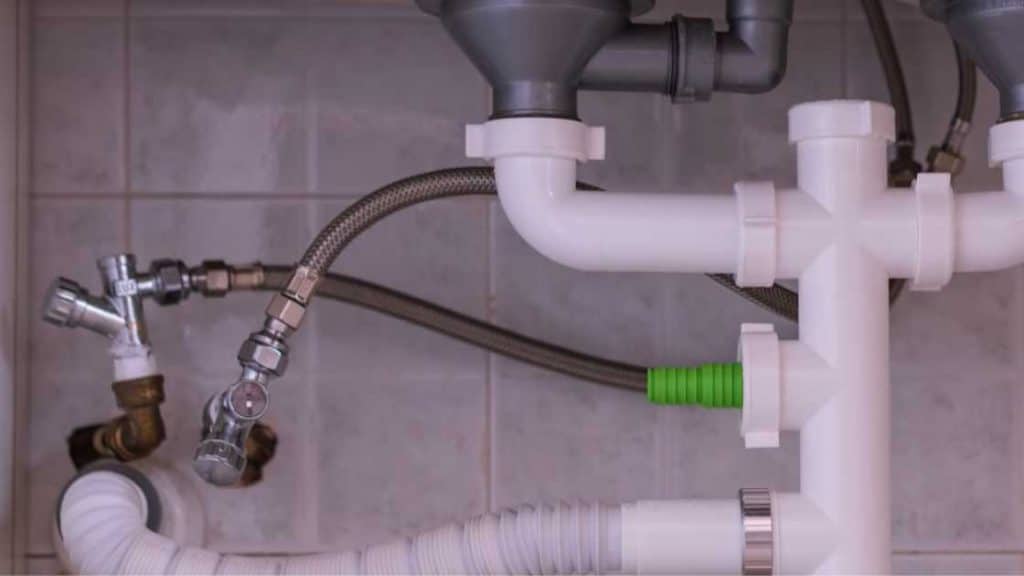
Dealing with a clogged washer drain can be a nuisance. You may not have a snake tool on hand or prefer not to use one. The good news, many methods exist to tackle this issue without the need for specialized plumbing tools.
A clogged washer drain can lead to poor drainage and an overflow of water. The methods below are easy, using household items to dissolve and dislodge the clog in your washer drain.
Utilizing Hot Water To Dissolve Clogs
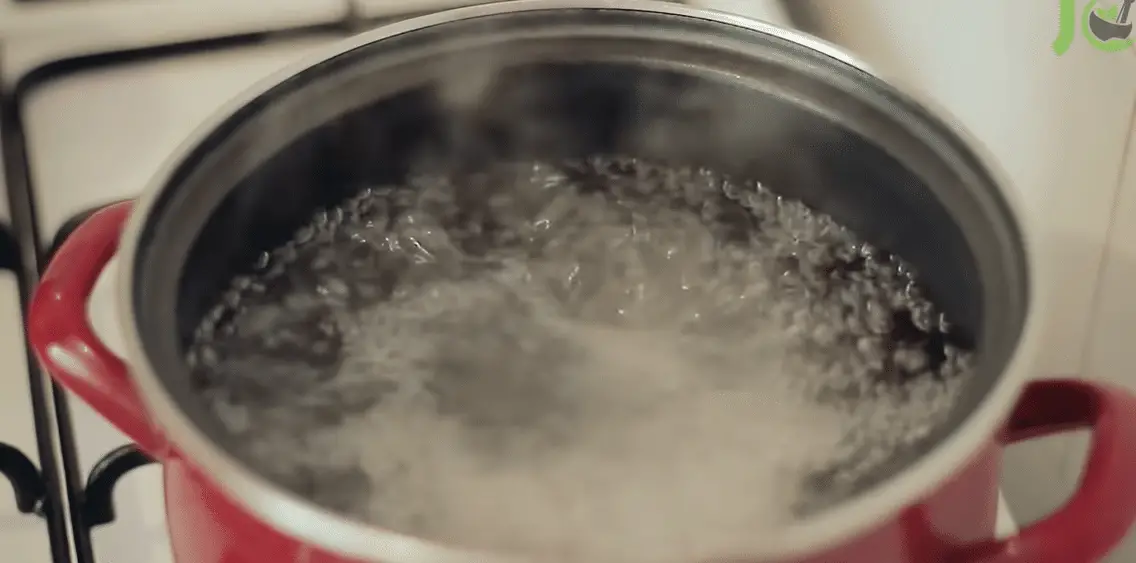
Hot water is the simplest method to start with. It can dissolve soap and other soft blockages. Here’s how:
- Boil a kettle or pot of water.
- Carefully pour the hot water down the washer drain.
- Wait a few minutes for the clog to soften.
- Run the washer’s rinse cycle to check if the clog is released.
Applying A Homemade Mixture Of Vinegar And Baking Soda
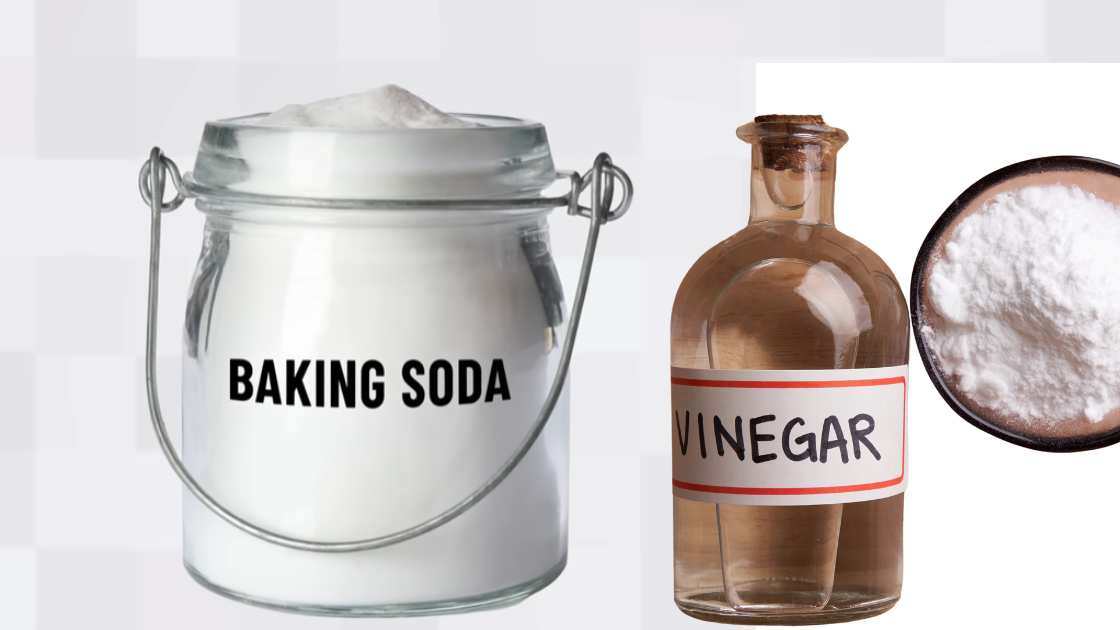
The combination of vinegar and baking soda creates a fizzing action that may clear blockages.
- Pour half a cup of baking soda directly into the drain.
- Follow with one cup of white vinegar.
- Wait for the fizzing to subside after 10-15 minutes.
- Flush the drain with hot water.
This reaction can break down fatty acids into soap and glycerine, allowing the clog to wash down the drain.
Mechanical Approaches: Plungers And Wet Vacs
Encountering a clogged washer drain can be a nuisance that halts everyday chores. Yet, there’s no need for panic or a plumber’s snake. Mechanical methods often solve the problem swiftly. Plungers and wet-dry vacuums are two effective tools for this purpose.
Using A Plunger On Your Washer Drain
A plunger can be the first go-to tool to dislodge whatever might be stuck in your washer drain.
- Fill the washer drum with a few inches of water.
- Place the plunger over the drain opening.
- Pump the plunger vigorously up and down for several minutes.
- Check for water movement. If it drains, you’ve cleared the clog.
- If not, repeat the plunging process a few more times.
Remember: Seal the plunger’s rim tightly against the opening for the best suction effect.
Clearing The Clog With A Wet-dry Vacuum
Wet-dry vacuums provide powerful suction to pull out stubborn clogs from your washer drain.
- Ensure the vacuum is set to liquid mode.
- Create a tight seal around the hose and the drain opening.
- Turn on the vacuum and let it run until you’ve removed the blockage.
- Check progress intermittently and continue if necessary.
These hands-on approaches save time and money and often restore function to your washer quickly.
Chemical Drain Cleaners: A Last Resort
When a plunger or a DIY baking soda mixture can’t clear your washer drain, chemical drain cleaners may be the next step. Known for their potent formulas, these cleaners should only be considered when other methods fail.
Choosing The Right Chemical Drain Cleaner
Not all chemical drain cleaners are made the same.
- Look for products designed for washer drains.
- Check compatibility with your washer to avoid damage.
- Consider eco-friendly options that are less harsh on pipes.
The Risks And Safety Precautions
Chemical solutions pose risks. Always read labels and follow instructions carefully.
| Risk | Safety Precaution |
|---|---|
| Fumes | Ensure proper ventilation. |
| Chemical Burns | Wear gloves and eye protection. |
| Pipe Damage | Use only as directed. |
Keep children and pets away from the area when using these cleaners. Consider a professional plumber for safer alternatives.
Dismantling The Drain: When To Get Hands-on
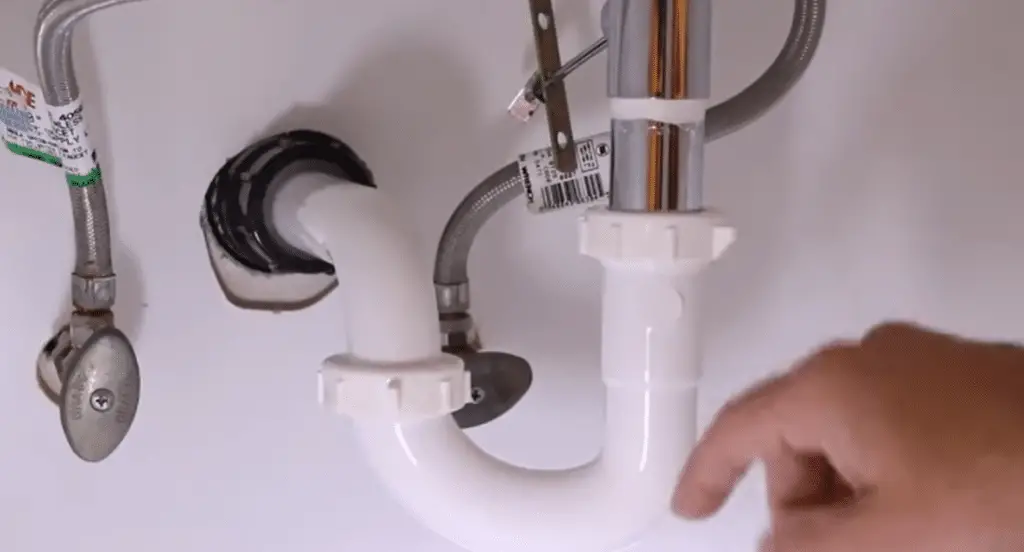
Sometimes a clogged washer drain requires a hands-on approach. Dismantling the drain might seem daunting, but it’s a straightforward process. This task can save money and time. Ready for some DIY plumbing? Roll up those sleeves, and let’s start!
Step-by-step Guide To Dismantling And Cleaning
- Unplug the washer. Safety first! Always disconnect electrical power before beginning the work.
- Locate the drain hose and pipes. Check behind the washer. Find the hose connecting to the pipes.
- Drain water. Place a bucket or pan beneath the hose. Remove the hose carefully. Let the water drain out.
- Inspect the hose. Look inside for obstructions. Pull out any visible debris with gloves.
- Clean the hose. Run hot water through it. Use a bottle brush if necessary to remove buildup.
- Check the drain pipe. After cleaning the hose, eye the pipe. Look for clogs inside.
- Clear the pipe. If there’s a clog, use a plunger. Gently work it to dislodge the blockage.
- Rinse the system. Flush the drain pipe with hot water. Ensure a free flow.
Ensuring Proper Reassembly To Avoid Leaks
- Reattach the hose. Slide the hose back onto the drain pipe. Make sure it fits snugly.
- Secure the hose. Use clamps or ties provided. This prevents the hose from slipping off.
- Check for tightness. Ensure all connections are tight. Prevent any potential leaks.
- Test the drain. Run the washer. Keep an eye out for any drips or water on the floor.
- Confirm proper flow. Water should drain without backup. If so, you’ve done it right.
Dismantling and cleaning your washer drain can be a breeze. Just follow these simple steps. Your drain will work like new in no time. Happy plumbing!
Alternative Natural Remedies For Drain Clogs
Stuck with a stubborn washer drain clog? Before you call a plumber or rush to buy a plumbing snake, consider natural solutions. These remedies can dissolve blockages without harsh chemicals or professional tools. Let’s Investigate some eco-friendly options that can get your drain flowing smoothly again.
Leveraging The Power Of Enzymatic Drain Cleaners
Enzymatic drain cleaners are an effective and eco-friendly option. These cleaners use natural enzymes to break down organic material like food, hair, and grease that commonly cause clogs.
- Safe for pipes and septic systems.
- Non-toxic to humans and pets.
- Often require overnight treatment for best results.
To use, simply pour the recommended amount into the drain and let it work its magic. Enzymatic cleaners can take longer than chemical ones but are worth the wait for a gentle, yet effective solution.
Using Salt And Boiling Water Mixtures
A combination of salt and boiling water can also tackle washer drain clogs. Salt acts as a natural scouring agent that can help dissolve buildup in your pipes.
- Boil a large pot of water.
- Mix in half a cup of salt.
- Pour the mixture down the drain carefully.
This method is simple yet effective for minor clogs. For optimal results, repeat this process a few times. Always be cautious when handling boiling water to avoid burns.
Prevention Is Better Than Cure: Avoiding Future Clogs
Prevention is Better Than Cure: Avoiding Future Clogs— an adage that holds, especially when dealing with the pesky issue of a washer drain clog.
Before finding yourself in a situation with water pooling at your feet, consider a few key habits that can keep your drains clear and operational.
Regularly Cleaning Your Washer’s Drain Filter
Just like any other home appliance, your washer’s drain requires routine maintenance. The drain filter plays a pivotal role, in capturing debris and preventing it from causing a clog.
Neglect this, and you’ll find even the most powerful water flow is hindered by accumulated lint and small items.
Here’s a simple guide to keep the drain filter in tip-top shape:
- Location: Start by locating the filter – often at the front lower panel.
- Frequency: Clean it at least monthly or more if you wash it frequently.
- Procedure: Remove, rinse, and replace the filter following your washer’s manual.
Best Practices For Laundry Loads To Prevent Drain Blockages
To keep your washer’s drainage system clear, mindful laundry habits make all the difference. Consistency is key, so focus on the following practices every time you start a load:
| Practice | Benefit |
|---|---|
| Check Pockets | Prevents small items from slipping into the drain. |
| Use Mesh Bags | Catches loose debris and maintains drain integrity. |
| Avoid Overloading | Ensures even water flow and reduces strain on the drain. |
| Detergent Dosage | Correct amounts prevent soap buildup and clogs. |
Remember, little things lead to big results. Through proactive care, future drain blockages can become a distant memory, leaving you with a smoothly running washer for years to come.
When To Call A Professional Plumber
When to Call a Professional Plumber: Dealing with a clogged washer drain can be frustrating. At times, simple DIY methods fall short.

Knowing when to seek professional assistance is crucial for saving time and preventing costly damage. Let’s Investigate the indicators that signal the need for an expert plumber.
Identifying Signs Of Complex Drainage Problems
Certain signs hint at more severe drainage issues that require a plumber’s touch. Watch out for these critical signs:
- Frequent Clogs: Drains that repeatedly clog may suggest deeper blockages.
- Water Backing Up: When water backs up elsewhere in your home, you might have a mainline issue.
- Odd Noises: Gurgling sounds can indicate trapped air caused by clogs deep within your drainage system.
- Bad Smells: Persistent, foul odors could mean accumulating waste in your pipes.
The Benefits Of Professional Drainage Cleaning Services
| Benefit | Description |
|---|---|
| Efficiency | Professionals clear drains quickly and thoroughly, saving you time. |
| Expertise | Plumbers can diagnose and tackle complex issues safely and effectively. |
| Tools | Specialized tools like motorized snakes and hydro-jets can address stubborn clogs without damage. |
| Preventative Care | Proactive measures can reduce the chance of future clogs and plumbing emergencies. |
Don’t let a clogged washer drain disrupt your routine. Recognize these warning signs and understand that professional cleaning services offer expert solutions with lasting results. When in doubt, calling a trusted plumber is the smart move for your home’s plumbing health.
Keeping Your Washer Drain Flowing
Conclusion: Keeping Your Washer Drain Flowing ensures the longevity and efficiency of your washer. A streamlined method aids in preventing future clogs. Learn from the methods shared and remember to maintain a clog-free system.
Recap Of Methods To Unclog Without A Snake
- Hot water method: Run hot water to dissolve clogs.
- Baking soda and vinegar: A natural chemical reaction clears blockages.
- Wet/Dry Vacuum: Strong suction removes clog-causing debris.
- Plunger: Manual pressure can free minor obstructions.
Maintaining A Clog-free Washer Drain System
Maintaining your washer drain is straightforward. Follow these tips:
- Regularly inspect the drain for buildup.
- Use strainers to catch debris.
- Run a hot water cycle monthly.
- Avoid overuse of detergent and fabric softener.
- Consider professionally cleaning your drain annually.
Frequently Asked Questions Of How To Unclog A Washer Drain Without A Snake
Can Vinegar Dissolve Washer Drain Clogs?
Vinegar, a mild acid, can help dissolve soap scum and minor clogs in washer drains. Pour a mixture of hot water and vinegar down the drain. Allow it to work for several minutes, then flush with more hot water.
What Causes Blockages In Washer Drains?
Blockages in washer drains are often caused by accumulated fibers from clothes, soap scum, and dirt. Over time, these materials can build up and obstruct the flow of water, leading to clogs.
How Do I Manually Clear A Washer Drain?
To manually clear a washer drain, first, remove any visible debris. Then, use a plunger to create pressure and dislodge the clog. If accessible, you can also try cleaning the drain trap or hose directly.
Are Baking Soda And Vinegar Effective For Washer Drains?
Baking soda and vinegar can be effective for clearing washer drain clogs. The chemical reaction between them can dislodge blockages. Pour baking soda, followed by vinegar, down the drain and rinse thoroughly after the reaction.
Why is my washer drain not draining properly?
If your washer drain is not draining properly, it could be due to a clog in the drain hose or pump, causing water to back up. Check for any debris or foreign objects that might be obstructing the drainage system.
Conclusion
Unclogging your washer drain is manageable with the right approach. We’ve Investigated alternatives to the traditional snake tool, ensuring you keep your laundry routine uninterrupted. Armed with these tips, your washer drainage issue can meet a quick and efficient resolution.
Remember, regular maintenance is key to avoiding future clogs. Happy washing!

